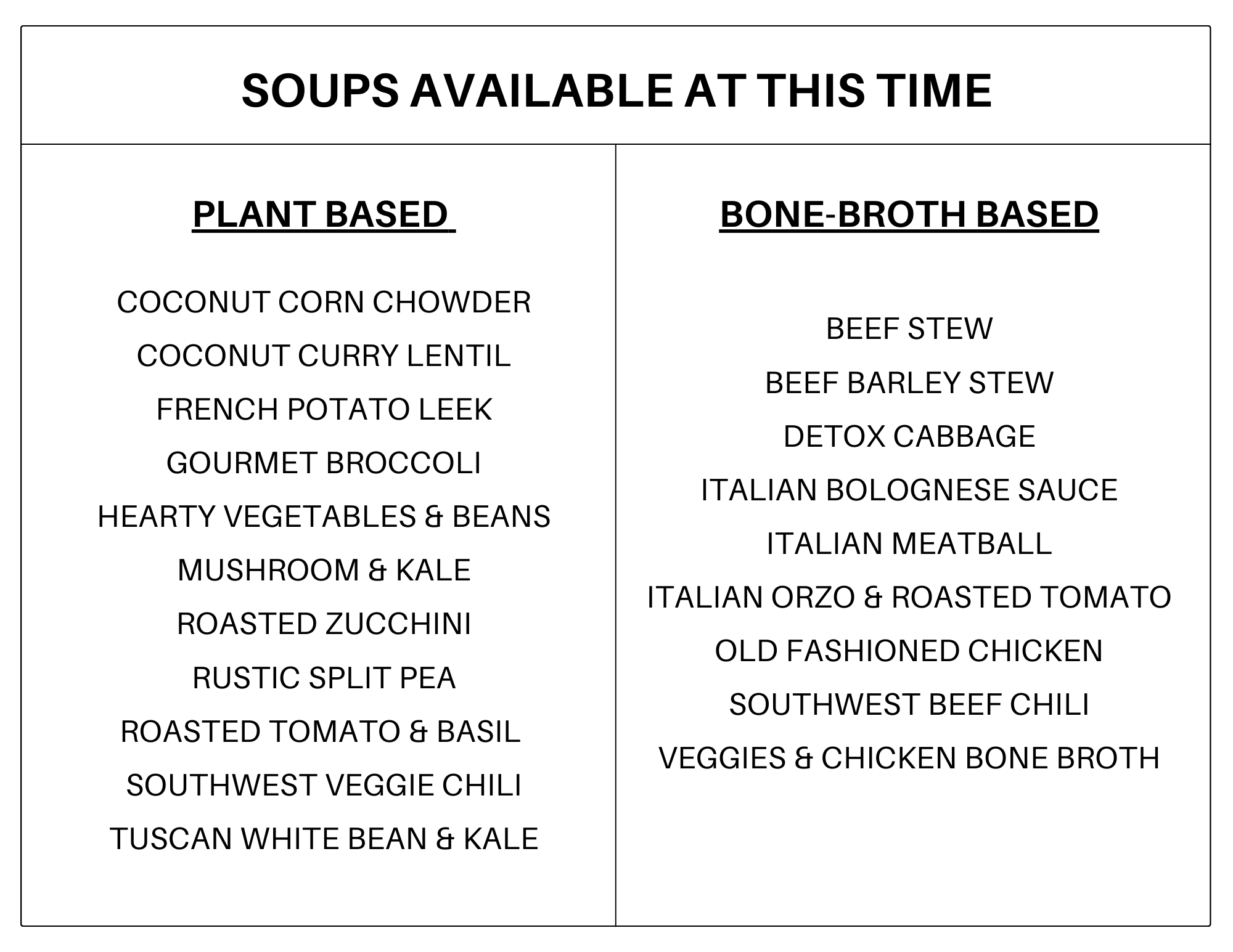Roasted Tomato & Wild Rice

Organic Soup Kitchen’s Roasted Tomato and Wild Rice soup is carefully hand-crafted to spotlight two key ingredients that are well-known for their significant health benefits.
Tomatoes contain a unique combination of phytochemicals (compounds that are naturally produced by plants) that have been shown to exhibit protective properties against cardiovascular disease, diabetes, neurodegenerative diseases, and certain cancers. Most notably, tomatoes are rich in lycopene, the molecule that gives tomatoes their natural red color. When cells in the body undergo oxidative stress, which is when the body is unable to eliminate excess free radicals (highly reactive molecules that can cause cellular damage), it relies on antioxidants for defense.4 Lycopene shows strong antioxidant activity to prevent damage to the body from oxidative stress, which has been shown to reduce risk for all cancers, but especially prostate, lung, uterine, and breast cancer. Lycopene’s protective effects also may lower risk of heart attacks, high blood pressure, and neurodegenerative diseases, such as Alzheimer’s and Parkinson’s.
Wild rice has achieved its status as a health-promoting food because of its rich nutritional profile as a whole grain. It is high in minerals, vitamins, starch, protein, dietary fiber, and other antioxidant phytochemicals, all while being low in fat content. Other whole grains, such as white and brown rice, go through substantial refinement that cause them to lose their health benefits. However, wild rice does not go through such processing, which is what allows it to have more diverse antioxidant phytochemicals, higher levels of omega-3 fatty acids (essential fats that are critical for brain and heart health), and nearly double the amount of protein per serving when compared to white rice. Most impressively, the dietary fiber content of wild rice has been shown to contribute to a reduction in risk of obesity, coronary artery disease, type II diabetes, and cancer. Dietary fiber is most important for colonic function as well as for regulating glucose and lipid metabolism.
Overall, Organic Soup Kitchen’s Roasted Tomato and Wild Rice recipe provides a meal that is low in fat, cholesterol-free, and is a good source of fiber. These health benefits are aligned with the nutrition recommendations of the American Cancer Society, American Heart Association, and American Diabetic Association.
References
Collins EJ, Bowyer C, Tsouza A, Chopra M. Tomatoes: An Extensive Review of the Associated Health Impacts of Tomatoes and Factors That Can Affect Their Cultivation. Biology. 2022;11(2):239. doi:10.3390/biology11020239Kumar A, P N, Kumar M, et al. Major Phytochemicals: Recent Advances in Health Benefits and Extraction Method. Molecules. 2023;28(2):887. doi:10.3390/molecules28020887
Story EN, Kopec RE, Schwartz SJ, Harris GK. An Update on the Health Effects of Tomato Lycopene. Annu Rev Food Sci Technol. 2010;1:10.1146/annurev.food.102308.124120. doi:10.1146/annurev.food.102308.124120
Pham-Huy LA, He H, Pham-Huy C. Free Radicals, Antioxidants in Disease and Health. Int J Biomed Sci IJBS. 2008;4(2):89-96.
Przybylska S. Lycopene – a bioactive carotenoid offering multiple health benefits: a review. Int J Food Sci Technol. 2020;55(1):11-32. doi:10.1111/ijfs.14260
Nutritional constituents and health benefits of wild rice (Zizania spp.) | Nutrition Reviews | Oxford Academic. Accessed July 25, 2023. https://academic.oup.com/nutritionreviews/article/72/4/227/1859059?login=false
Klensporf-Pawlik D, Aladedunye F. Chapter 10 - Wild Rice: Nutritional and Health-Promoting Attributes. In: Taylor JRN, Awika JM, eds. Gluten-Free Ancient Grains. Woodhead Publishing Series in Food Science, Technology and Nutrition. Woodhead Publishing; 2017:271-296. doi:10.1016/B978-0-08-100866-9.00010-8
Kay RM. Dietary fiber. J Lipid Res. 1982;23(2):221-242. doi:10.1016/S0022-2275(20)38151-7


